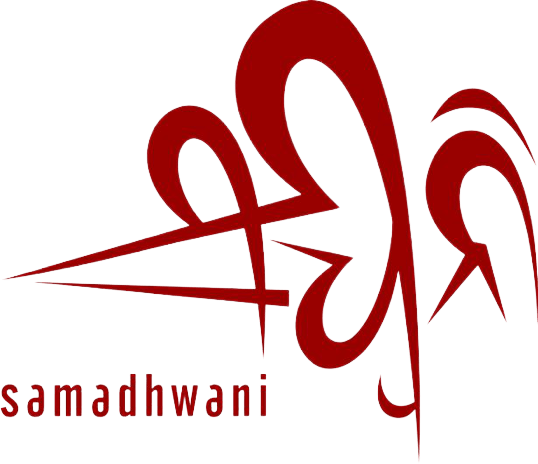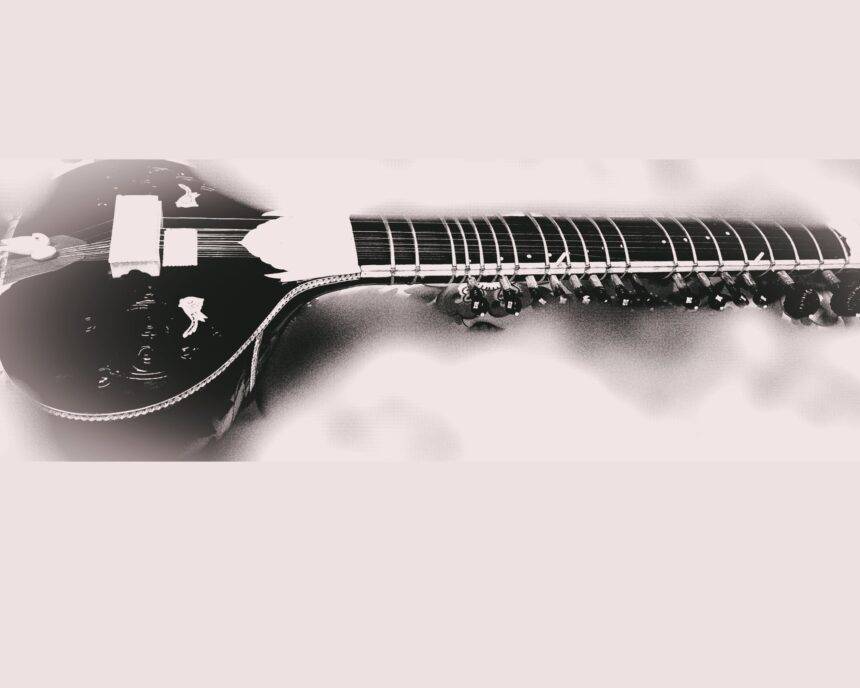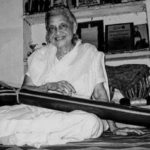Dr. Samidha Vedabala is a Sitar Artist and Assistant professor (Sitar) at the Department of music, Sikkim University. She has been an active member of Samadhwani and a regular writer for Samadhwani Odia magazine since 2012. Now she is translating a book on Nati Vinodini (Vinodini Dasi) from Bengali to Odia for Samadhwani. She has agreed to write a series on Sitar in English. The series title is “Sitar: The Instrument and the Legacy.” This piece is an introductory presentation of the series. It will be published weekly every Sunday on our digital platform. We thank Samidha Vedabala, who has agreed to write this series, although she has many other publications and presentation works. – Editor
Sitar
The Instrument and the Legacy
Introduction
The Sitar is one of the thousands of instruments that involve bringing Indian culture around the world. Until recently, when various Indian musical styles and genres became well-known globally, the Sitar was the only instrument representing Indian music around the globe. That was Pandit Ravi Shankar’s craze worldwide. The tales surrounding Woodstock, his relationship with Yehudi Menuhin, and the Beatles from the 1960s continue to be the most illustrious episodes of Indian classical music.
The instrument’s introduction to the world stage is undoubtedly one of the turning points in the history of the genre, but it has a three-century-plus tradition in Indian classical music before that. There are interesting tales surrounding its creation, evolution, and existence. The legends who have played a part in the Sitar’s illustrious history have much to be told about, including their connection to the instrument as well as their experiences with emotion, love, suffering, and joy.
Such tales and several Sitar-related topics will be covered in this area of the magazine. The aspects of the stories I have studied, heard, read, and experienced during these years of engagement with the instruments will be narrated here. This will include technical information, experiences and a few stories and anecdotes. Some of them may have previously been written or told somewhere; enjoying them again won’t be uninteresting for sure.
Bio Data
Dr. Samidha Vedabala (Ph.D., Rabindra Bharati University, Kolkata), a performer and researcher of Indian Classical Music, Sitar. She has been working as an assistant professor of music in the Department of Music at Sikkim University since 2011. Along with performance in music,, she is actively involved in academic research in Indian music. She has published two books and many academic journals. Her professional and academic association with Sitar inspires her to continue writing on the instrument and its various aspects. Her book titled “Sitar Music: The Dynamics of Structure and Its Playing Techniques” is one of them. Her work has been the source of information for one of the documentaries on Sitar in the UK. She has also attended many national and international seminars on sitar music.
As a writer, Dr. Samidha has been associated with Samadhwani for over a decade.







